Cusco Architecture Plaza Mayor: Understanding the stunning colonial architecture of the cathedral, church and surrounding buildings
- Oct 13, 2024
- 14 min read
Nestled in the heart of the Andes, Cusco’s Plaza de Armas stands as one of the most significant and beautiful public spaces in South America. The plaza is not just a central hub for tourists and locals, but also a repository of history and culture that reaches back to the Inca Empire and the Spanish conquest. Each building around the plaza tells a unique story, filled with architectural splendor, conquest, and resilience. In this architects opinion, the Cusco architecture Plaza Mayor, is perhaps one of the most beautiful central plazas in the world. Not just for the architecture, the immaculate plaza and the stunning centre pieces sculptures but for the setting. You are way up high, so when the sun comes out, you are bathed in warmth! The surrounding mountains are visible to the south and east the urban streets climb the hills to the north and west. It feels like you are in an amphitheatre and this plaza is the star of the show.
Does it perform? HELLLL YES. The built environment can do interesting things to us as humans, it can leave us anxious, in ore or confused, however here sitting on a bench amongst the hustle and bustle (it is a very busy place) you are still able to feel a sense of calm and still. All the noise seems to disappear and is simply overpowered by the magnificence of the cathedral, the church the stunning arches and cute alleyways that leave you curious as to what is up each street.
Although you are in in the amphitheatre, you also feel like you are on top of the world. This urban centre is a long way from the next major city and up here in this altitude who on earth would build such a city and to such detail. I would call it a crown. A crown on a head of a country that has many beautiful jewels attached however this city is the diamond on top. But what about Machu Picchu? Yes, Yes it is incredible in its own way and you are able to enjoy a few hours up there in the middle of truly stunning scenery but it does not draw you in in the way Cusco does. Machu Picchu is a moment in time whilst Cusco is a constant exploration. I spend 7 days here (largely by mistake) because of an error with my dates but as far as mistakes go, it was one of the best I have ever made.
So today we are going to take a deep dive into the Plaza Mayor de Cusco and its surrounding buildings, the Cusco Cathedral and the Church of the Society of Jesus (for me more beautiful that the cathedral!) We will then go on to talk about the joy of arches and the wonder of the outreaching balconies, not perhaps as impressive as the The Torre Tagle Palace, which we discovered in my top 10 architecture picks for Lima.
Of course we will talk about the sculpture at the centre of it all and we will also talk of the materials that make this square so joyful. We will push further out of the centre and look at various other plaza and pieces of architectural wonder across Cusco, this may be more than a one parter so strap in explorers for a look at Cuscos architecture in all its glory.

Before we begin looking at each building in detail, it’s important to understand the historical context of the Plaza de Armas. Long before the Spanish arrived in Cusco, the plaza was a ceremonial and administrative hub for the Inca Empire. Known as Huacaypata, or “The Place of Tears” or “The Place of Ceremonies,” the area was far larger than the modern plaza and was used for grand celebrations, religious rituals, and political gatherings. You can find out more in our blog post, 'The History of the Inca Empire'.
The Spanish conquest in the 16th century dramatically altered the layout and purpose of the square. Francisco Pizarro and his conquistadors, following typical Spanish colonial city planning, reshaped the space to reflect their own urban ideals. The Spanish plaza became the heart of colonial life, with the cathedral and governmental buildings symbolising the dominance of European power over the native empire. The foundations of many of these structures were built upon Incan palaces and temples, a visible reminder of the cultural collision that took place in Cusco.
Architectural Masterpieces Plaza Mayor de Cusco
No.1. Cusco Cathedral (Catedral Basílica de la Virgen de la Asunción)
Cusco Cathedral is undoubtedly the most prominent structure on the Plaza de Armas, towering over the square with its massive, ornate stone facade.
Construction of the cathedral began in 1559 and took nearly a century to complete, with the building finished in 1654. The cathedral was built over the remains of the Palace of Viracocha Inca, this was a pure religious and political domination play by the Spanish over the Incas which we have seen before as far north as Mexico City where the Spanish did the same to the Aztec.
The cathedral was built primarily under the direction of Juan Miguel de Veramendi, a Spanish architect and stonemason. The construction involved the forced labor of the local indigenous population, a practice known as mita, which was widespread during colonial rule. Materials were sourced from nearby quarries, including the Sacsayhuamán fortress, which was partially dismantled for stone.
The cathedral’s facade is a striking blend of Renaissance symmetry with baroque flourishes, particularly seen in the bell towers and columns. The large central portal, flanked by smaller ones, leads into an interior filled with Spanish religious art and indigenous interpretations of Catholic symbols.
While the upper portion of the cathedral is Spanish colonial, its foundations are purely Incan. The stonework at the base is a testament to the skill of Incan engineers, with massive blocks carved to fit perfectly together without mortar, a practice known as ashlar masonry. This method we have also seen before in Mexico City, Mexico and Antigua, Guatemala it is a good method for providing resistance to earthquakes.
The Cathedral is already on the high side of the plaza (the North East) however the steps up to the cathedral act as a podium elevating the cathedral into an even more dominant position. you have to look up to the entrance door from almost every point on the plaza. I am not sure if this was ever designed like this purposefully, however if so it is a very unique and intelligent way to site a cathedral.
The interesting thing about this cathedral are its proportions. The two flanking bell towers are vast and elongate the facade substantially. This means you read the facade more horizontally that vertically which if you look over to you look at the church La Compañía de Jesús reads vertically rather than horizontally making it (in my opinion) look a lot taller and more elegant as a piece of architecture.
The bell towers to have an interesting effect however as the simplicity of the towers and their extensive mass make the central entrance look as though it has been carved by the gods themselves from a singular piece of stone. That massing gives way to all that we know of Spanish baroque. The façade is highly ornate, with elaborate carvings, detailed stonework, and columns upon columns. There is a heavy use of decoration at plinths, with niches housing statues of saints, elaborate columns, and intricate cornices, all designed to create a sense of movement and depth. This is all topped off with alternating finials. The symmetry is exquisite, if symmetry is a marker of beauty then this would be the bench mark.
The blending of religious symbolism with highly decorative, almost theatrical design further underscores the Baroque emphasis on evoking emotional and spiritual engagement. Not only this it is a power display of religion like no other.
In plan, the cathedral is laid out in the shape of a Latin cross, typical of European cathedrals, with three large naves: the central nave and two lateral naves separated by towering stone pillars. These massive pillars, along with the thick stone walls, provide a solid and imposing structure that was designed to withstand earthquakes.
The vaults above are supported by pointed arches, a nod to Gothic influence, giving the interior a sense of height and grandeur.
Renaissance elements are visible in the symmetry and order of the cathedral’s layout and façade, with classical arches and columns appearing in the side chapels and along the walls. The vast interior space is filled with intricately carved wooden ceilings and choir stalls, reflecting the Baroque style's emphasis on elaborate decoration. The sacristy and side chapels feature barrel vaults, which add to the cathedral’s structural strength, while clerestory windows allow light to filter in, illuminating the detailed altarpieces and religious artwork. The combination of these architectural features creates a robust yet ornate structure, blending European design with local adaptations to suit the materials and environment of Cusco.
TIP: Be sure to examine the famous painting of 'The Last Supper' by Marcos Zapata. In this Cusqueña interpretation, Jesus and his apostles are depicted sharing a meal of guinea pig, a staple in Andean culture. This fascinating blend of Christian and local symbolism is a hallmark of Cusqueña art, a school of painting that emerged during the colonial period.
No.2. Iglesia de la Sagrada Familia
To the west side of the cathedral you will find the Iglesia de la Sagrada Familia.
Built between 1723 and 1735, it serves as an annex to the cathedral, showcasing a style heavily influenced by Spanish Baroque architecture. Like its neighbouring cathedral, the church reflects the Baroque emphasis on elaborate ornamentation, but it features a more compact and restrained façade.
The front of the Iglesia de la Sagrada Familia has finely crafted stonework with twisted Solomonic columns, a typical Baroque feature and one we explored in our post on Baroque architecture in Antigua, Guatemala. Above, you'll find pediments and niches holding statues of religious figures. The overall layout is symmetrical, with a focus on decorative details like carved floral motifs and volutes, the church holds architectural merit in its own right, however attached to the cathedral is looks small in scale. Do not let this fool you however as the details here are glorious inside and out, so make sure to head on in. When you come back out we will keep going counter clockwise to talk about the even smaller Capilla del Santísimo Sacramento.
No.3. Capilla del Santísimo Sacramento
I do not like to use the word 'cute' too often when talking about architecture, however I am going to here because the next structure to the west is the Capilla del Santísimo Sacramento. This is the building with the semi circular gable end housing just one window in the main massing with a rather detail pediment above it! A rectilinear form pops out to the side made up of keystones and arches. This small structure acts as a gable to the residential properties beyond and also forms a small courtyard to the church. The street is parallel to the side of the structure and climbs quickly up the hill
The final structure to take note of in this cluster is back to the eastern side of the cathedral Iglesia del Triunfo
No.4 Iglesia del Triunfo
Built in 1538, it was the first Christian church established in Cusco after the Spanish conquest of the Inca Empire. It stands on a site of immense symbolic importance, as it too like the cathedral was built over the Inca site of the Suntur Wasi, an Inca armory and temple. The church’s name, "Triunfo" (Triumph), commemorates this conquest.
Architecturally, the Iglesia del Triunfo is more modest than its grand neighbour, the cathedral, but it still features important Spanish colonial elements. Its façade is relatively simple, with Renaissance influences visible in its symmetrical design, arched doorways, and restrained decoration. Inside, however, it contains several impressive features, including a beautifully carved wooden pulpit and altars adorned with gold leaf, reflecting the Baroque style that would later dominate Cusco’s religious architecture.
What makes the Iglesia del Triunfo particularly special is its historical connection to a key moment during the siege of Cusco in 1536, when Manco Inca’s forces surrounded the city. According to legend, the church was saved by a miraculous intervention of the Virgin Mary, who is said to have appeared, helping the Spanish to defend the city. This legend is commemorated inside the church, where religious artwork celebrates the "miracle" that allowed the Spanish to triumph. For architects and historians, this church is a key example of how early colonial architecture fused religious symbolism with the political narrative of conquest.
Ok so lets move across the street now to look at (in my opinion) the most beautiful building on the plaza, La Compania de Jesus.
No. 5. La Compañía de Jesús (Church of the Society of Jesus)
Located directly next to the cathedral, the Church of the Society of Jesus (or Iglesia de la Compañía de Jesús) stands out for its dazzling baroque architecture and its historical rivalry with the cathedral. Built by the Jesuits between 1571 and 1668, it sits atop what was once the Palace of Inca Huayna Capac. The Jesuits, an influential religious order during colonial times, sought to build a church that would rival even the cathedral in grandeur.
Construction was led by Diego Martínez de Oviedo, a Jesuit architect who incorporated intricate European baroque design into the building. Indigenous workers again played a crucial role in the construction, utilising local materials and traditional stone-cutting techniques. La Compañía de Jesús was constructed primarily from locally sourced red volcanic stone, giving the building its distinctive red(ish) appearance.
The front of La Compañía de Jesús is one of the finest examples of Spanish baroque architecture in South America. Its twin bell towers and intricately carved stonework contrast with the more austere facade of the cathedral. Look closely at the details. Angels, saints, and floral motifs are interwoven in a lavish display of religious art.
This plan consists of a long central nave with two shorter side aisles and a transept, creating a cross-like shape. At the intersection of the nave and transept sits the dome, a feature that adds vertical emphasis and grandeur to the interior space. The side chapels along the nave contain altars dedicated to various saints, richly decorated with carved wood, gold leaf, and paintings.
The interior is dominated by a massive gold-leaf altarpiece, richly dressed with religious icons. This structure glows under the dim light of the church’s candles and chandeliers, offering a breathtaking display of colonial opulence.
The grand altar and richly decorated chapels speak to the wealth and power of the Jesuit order in Cusco during the colonial period. Visitors should also take note of the Cusqueña paintings that decorate the walls. These blend Catholic iconography with Andean cultural symbols, reflecting the complex cultural fusion of the time.
No.6. Chapel of Our Lady of Loreto (right most Chapel)
The chapel, like the main church, features Baroque architectural elements, though it is more modest in scale. It is decorated with finely carved altars, some gilded with gold leaf, and showcases a blend of local Andean craftsmanship with European Baroque styles.
The Chapel of Our Lady of Loreto serves as a smaller, more intimate space for worship within the larger complex of La Compañía.
No.7 Chapel of San Ignacio (left most Chapel)
Situated on the north side of the church, this chapel is also integrated into the overall plan of La Compañía.
The Chapel of San Ignacio exhibits Baroque decorative elements, particularly in its altars and artwork. The chapel is smaller than the main nave but maintains a rich level of detail, including altarpieces dedicated to Saint Ignatius of Loyola, the founder of the Jesuit order. The use of gilded ornamentation and carved wood elements reflects the Jesuits' desire to impress and inspire devotion.
The chapel is dedicated to Saint Ignatius, central to Jesuit identity and mission. The space was designed to emphasise the Jesuits' spiritual founder and was often used for special services or devotions to him. The Chapel of San Ignacio serves as a spiritual anchor for the Jesuits’ presence in Cusco, embodying their missionary and educational goals.
Both chapels are seamlessly integrated into the larger Baroque design of La Compañía de Jesús, enhancing the overall layout and symmetry. Architecturally, they contribute to the church’s sense of grandeur by adding lateral spaces that echo the main nave’s emphasis on verticality and ornamentation. These chapels create a more complex spatial experience, allowing for smaller, private religious ceremonies while maintaining the visual cohesion of the church's overall design.
Architectural Masterpieces of Cusco the Plaza Mayor
Once the heart of the Inca empire, the plaza has evolved into a vibrant cultural hub, featuring a beautiful central fountain that symbolises the city’s Incan heritage. The fountain, adorned with a golden figure of Pachacuti, the most renowned Incan emperor, adds a spiritual touch to the scene.
The layout of the Plaza Mayor is typical of the Spanish “Law of the Indies”, a set of regulations that governed city planning in the Americas. According to these laws, central plazas were designed to be the heart of social, political, and economic life, surrounded by key buildings like the cathedral, government offices, and commercial spaces. In Cusco, this is evident with the Cusco Cathedral and La Compañía de Jesús, two monumental churches that dominate the plaza’s skyline, alongside other important civic buildings. The plaza’s expansive, open design was intended to serve as a public gathering space for both formal events and daily activities, reinforcing the sense of community and centralising power in the hands of the Spanish colonial government.
As you step from the cobblestone street onto the plaza square, you will feel the stones turn smooth, they are deep in colour and pleasurable to walk upon, you can glide over the top of them. The stones feel more luxurious and rich, reflecting the sun (although can be slippery under foot in the rain!), its a definition of opulence much like a Persian rug on a timber floor.
Fresh into Cusco, travellers (myself included) flock to this iconic location not only for its scenic beauty but also to experience the pulse of Cusco’s history, art, and community life. The gardens are pristine, all lampposts look freshly painted, the heart of Cusco is clearly a point of pride for the Peruvian government and rightly so.
This area is also the start point of a tour you HAVE to take, the walking tour of Cusco.
Architectural Masterpieces of Cusco the surrounding structures and arcades.
The surrounding buildings, many of which were erected after the Spanish conquest in the 16th century, form covered walkways, or arcades, which serve a dual purpose. To protecting pedestrians from both the intense high-altitude sun and the heavy seasonal rains typical of the Andean region. These arcades are supported by robust stone columns, which echo the Incan tradition of building durable, earthquake-resistant structures. The arcades also create a sense of uniformity and continuity around the plaza, encouraging foot traffic and social interaction, an essential element in traditional Spanish city planning.
One of the most remarkable features of these buildings is the carved timber balconies that overlook the plaza. These balconies, called 'miradores', are a common element in colonial architecture across the Spanish Empire. In Cusco, they are particularly distinctive, made from dark, intricately carved wood that contrasts with the whitewashed façades. The wood is typically cedar or mahogany, both prized for their durability and ease of carving. The open design of these balconies allows for airflow, keeping the interiors cool in the daytime, while providing shaded outdoor spaces from which residents can observe the activity in the plaza below.
The white and cream paint on the walls of these buildings not only reflects the Spanish colonial style but also serves a practical function. In Cusco's high-altitude environment, the sun can be especially intense, and the whitewashed exteriors help to reflect sunlight, reducing heat absorption and keeping the interiors cooler. This was a well-considered adaptation to the local climate, akin to similar practices in other Spanish colonial cities, especially those in arid or tropical regions. The architecture is also of such elegance that the neutral colours around the square enhances the beauty, the buildings do not call for attention through loud colours or big murals that we see in othern towns going through gentrification, such as Tulum or Bacalar which we have covered in other blogs.
Additionally, the terracotta roof tiles that crown these buildings are another hallmark of Spanish colonial architecture. The tiles, traditionally handmade and laid in overlapping rows, allow for efficient drainage during Cusco’s rainy season.
Terracotta is naturally porous, which helps regulate temperatures by insulating buildings from the harsh heat during the day and retaining warmth during cool Andean nights. This roofing style, common in Mediterranean climates, was brought to the New World by the Spanish, and it proved particularly effective in the varied climate of Cusco.
The rhythm of the arches and the neutrality of the structures all add to the beauty and theatre of this central plaza. Grabbing a coffee and observing the buildings is time well spent, time which provides wealth money simply cannot buy.
Architectural Masterpieces of Cusco Final Thoughts.
As you step out of the airport/ bus station arriving into Cusco plaza you are going to go from a commercial building to one of the most stunning Spanish settlements on planet earth. You will discover a symphony of baroque/ renaissance architecture combined with traditional Spanish town planning techniques such as arcades and balconies structure. The craftsmanship is staggering and I hope this (slightly long) blog post has helped provide a deeper understanding of what you are looking at when in the heart of Cusco.
Next time we will go further afield to look at other important sites around Cusco for you to explore and we will tell you what is important about them and why they are special. Check out the map below to have a look at the sites we have spoken about in this post and to get a better idea of what we will be looking at soon.
Architectural Masterpieces of Cusco on the map
Make sure to subscribe to discover more of Cusco’s fascinating history and architecture and look around the site to find podcasts and more on history and architecture. Check out the the Backpackers Blueprint travel page for more ideas now.
Thanks for reading, if you have visited Cusco let us know what you thought in the comments below.
Image credits:
Cusco Catedral:
By Martin St-Amant (S23678) - Own work, CC BY 3.0,

For the curious Explorer








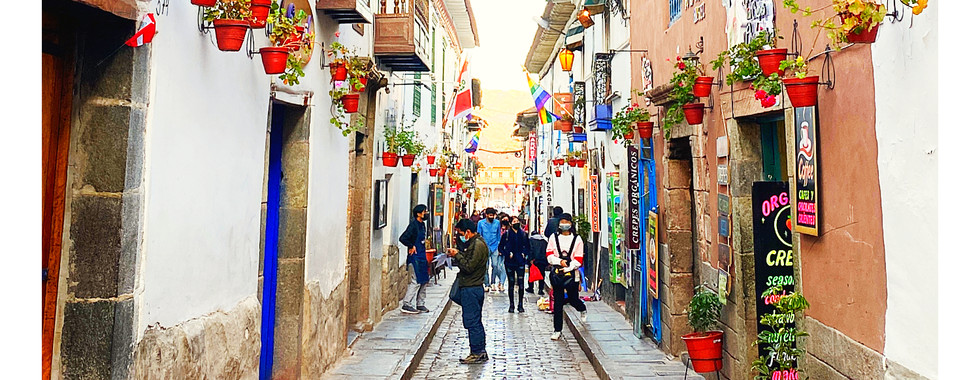






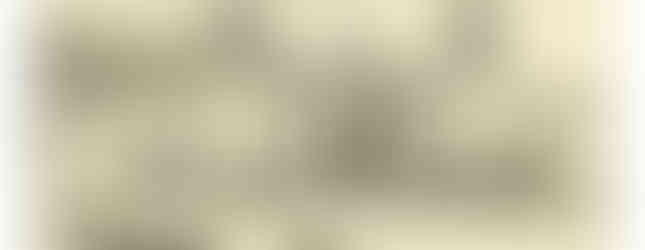




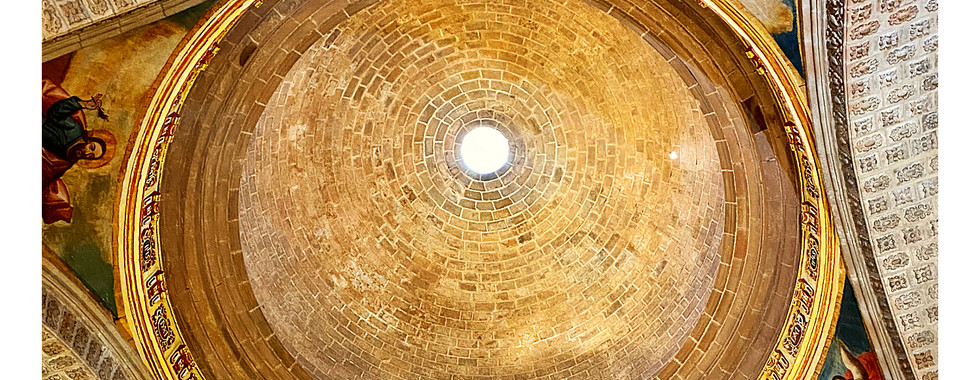








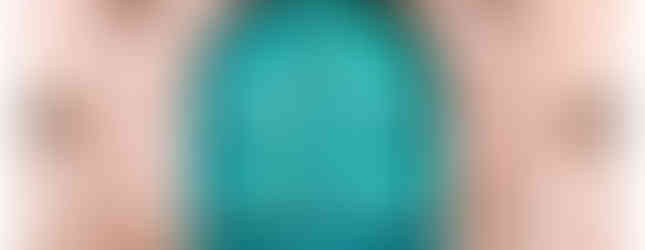

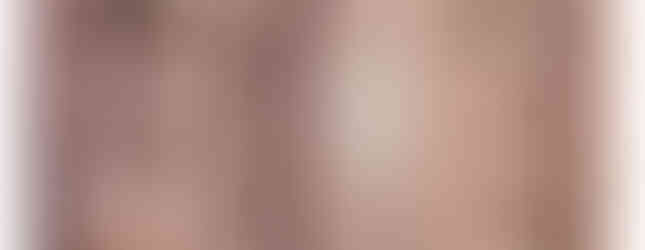




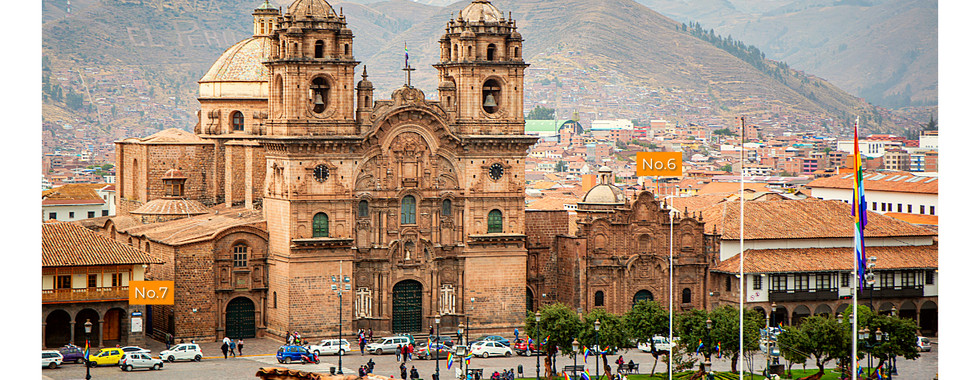

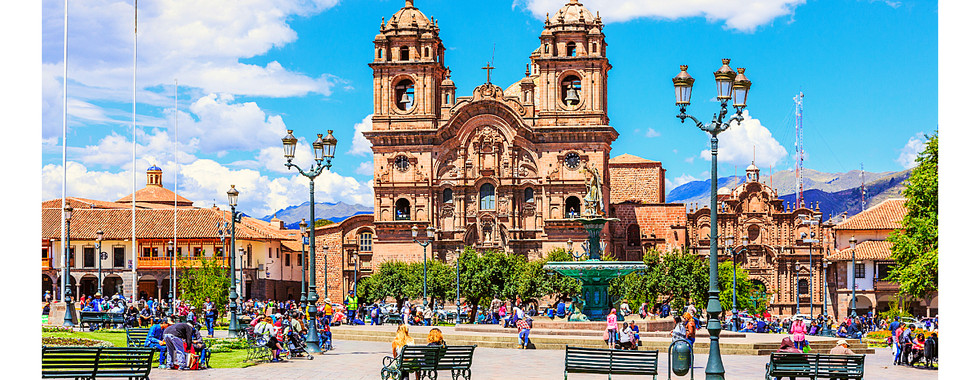



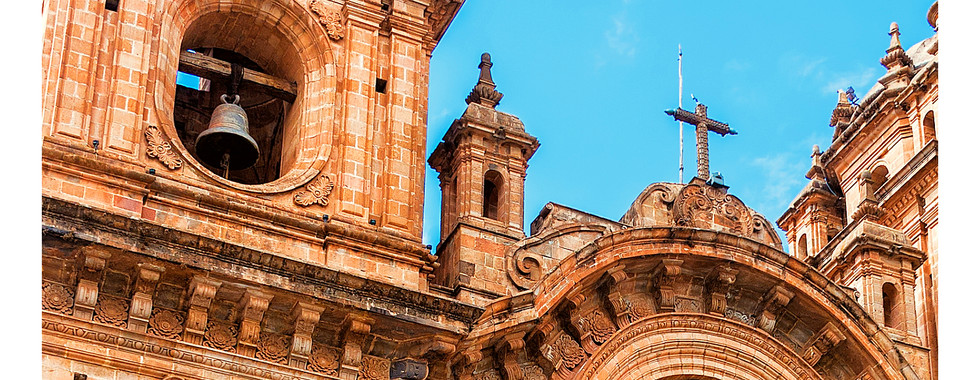



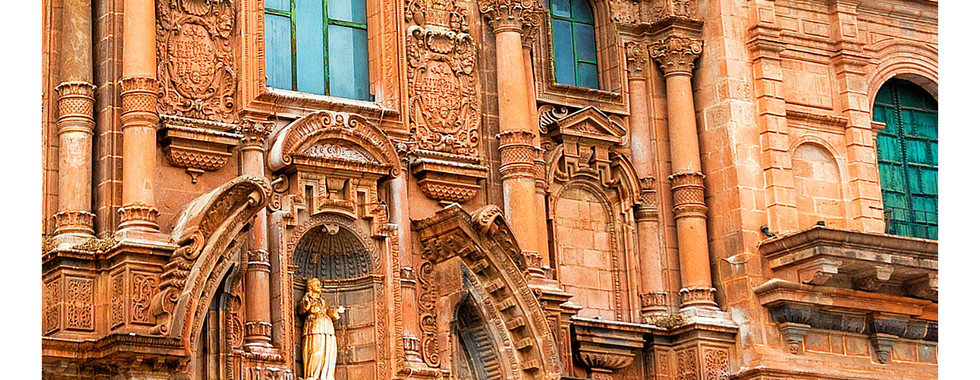















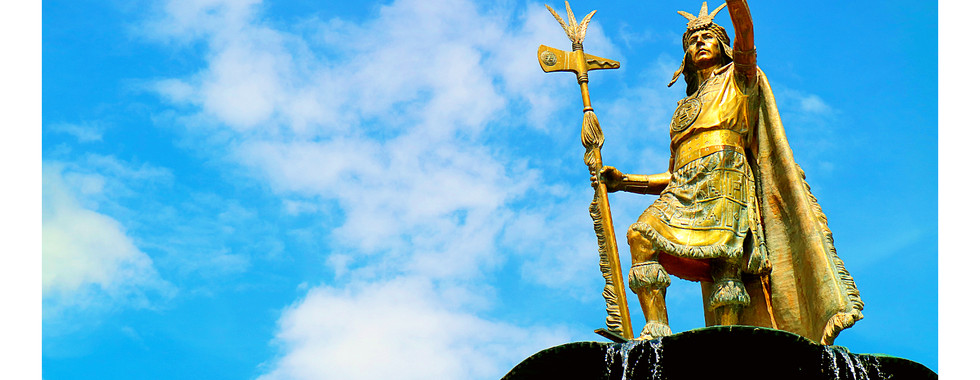



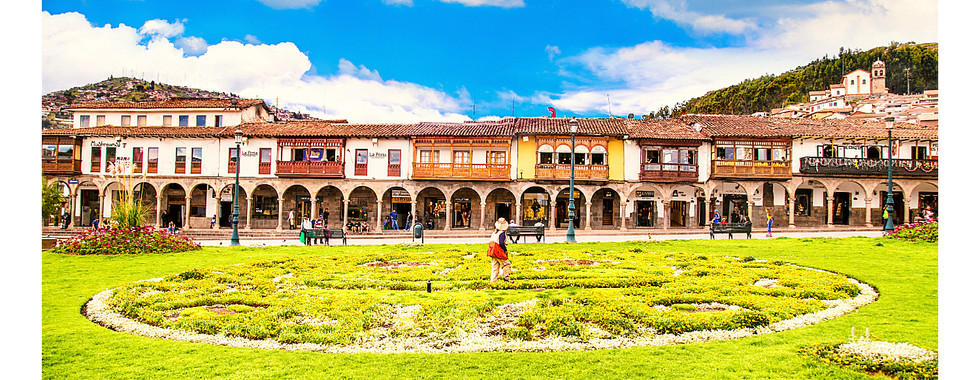
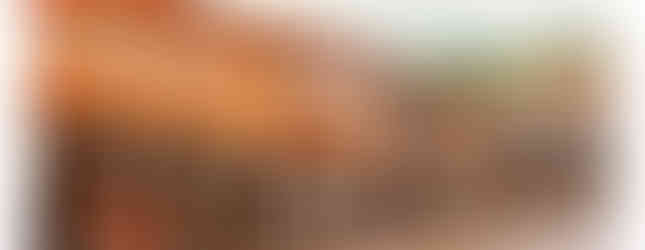






Kommentare